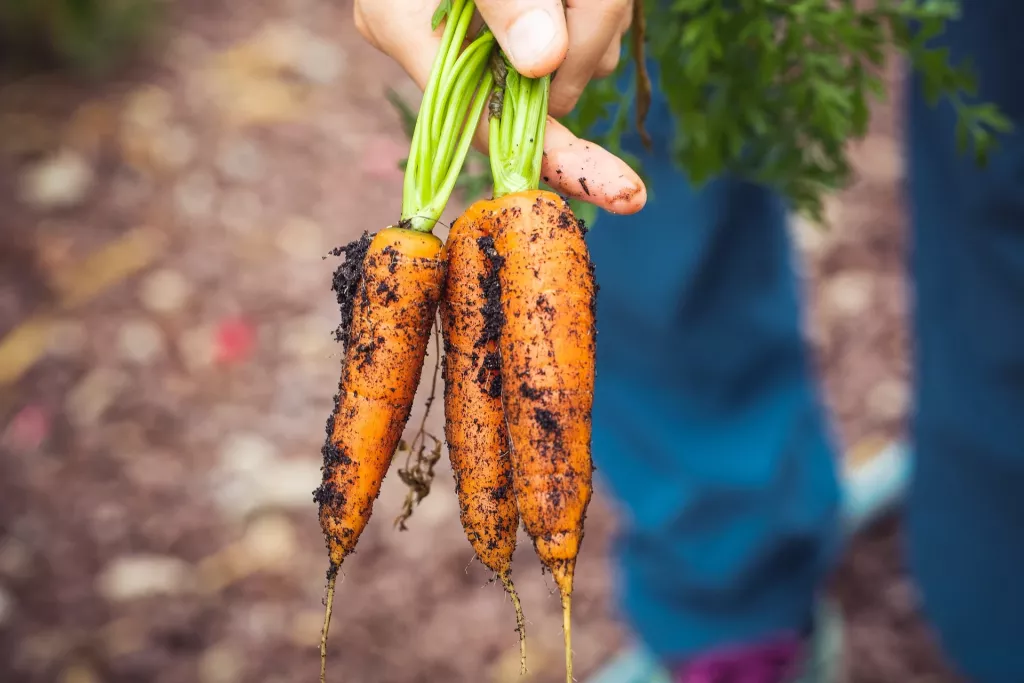What Type of Farming Makes the Most Money? (For 5 Climates)
According to the USDA, the average net cash farm income for farm businesses is approximately $92,400. It’s a good business that can be started with a little bit of capital. However, one does wonder what type of farming method makes the most money and what climates are the most ideal.
Mixed farming, commercial dairy farming, and livestock ranching are well suited to temperate climates; shifting cultivation, intensive subsistence farming, and Mediterranean agriculture for tropical regions; dry farming for arid climates; crop cultivation in continental areas; and hydroponics in polar climates.
With the right tools and strategies, you can provide a steady supply of fresh produce for local communities while making the most money. Let's discover each type of farming and how each can bring in yields and profits.
Summary
- Regions with colder climates present more challenges for agriculture farming while regions with moderate to warm climates are ideal for a wide range of agricultural activities
- Temperate climates are ideal for agricultural farming because a wide variety of crops can thrive under the warm summers and seasonal rainfall.
- The best crops to grow include small millets, vegetables, root crops, corn, rice, and wheat.

On this page:
- Type of Farming for Temperate or Mild Climate that Makes the Most Money
- Type of Farming for Tropical Climate that Makes the Most Money
- Type of Farming for Dry Climate that Makes the Most Money
- Type of Farming for Continental Climate that Makes the Most Money
- Type of Farming for Polar Climate that Makes the Most Money
Type of Farming for Temperate or Mild Climate that Makes the Most Money
Mixed farming in temperate climate
Mixed farming is an agricultural system that combines different types of farming, such as crop production and raising animals. It allows farmers to diversify their income sources and maximize profits by taking advantage of different markets for their products.
Using farmland for multiple purposes can help reduce costs. However, a farmer needs to have good management and multitasking skills to take care of all the crops and animals growing on their farm.
Mixed farming is best for temperate climates because it can benefit from seasonal rainfall and warm summers. Mixed farming is commonly found in regions of India, Europe, Argentina, Australia, the USA, South Africa, and New Zealand.
Commercial dairy farming in temperate climate
Commercial dairy farming makes money from the production and sale of dairy products. It involves raising cows, feeding them, milking them, and processing the milk into various products like cheese, yogurt, and butter.
The key to success is to understand the market demand for dairy products and ensure you are producing quality products that meet those demands. It’s also important to have a good understanding of animal husbandry practices to ensure that your cows are healthy and producing high-quality milk.
Additionally, having an efficient system for processing your milk into various dairy products can help you maximize profits. Countries like Denmark and Sweden have had the most success with this type of farming.
Livestock ranching in temperate climate
Livestock ranching is the practice of raising animals for food or other products, such as wool and leather. It has been a part of human life for centuries. By focusing on producing high-quality animals and utilizing efficient production methods, livestock ranching can be a profitable business.

To enhance their profits, farmers can implement a comprehensive breeding program. This means providing high-quality feed and nutrition and maintaining the health and well-being of the animals. Additionally, producing specialty products, such as organic beef or dairy, can command higher prices.
Farmers can also increase their profits by developing direct-to-consumer sales channels. For example, they can join community-supported farming programs or build an online shop to bypass the middlemen and keep most of the profits.
Type of Farming for Tropical Climate that Makes the Most Money
Shifting cultivation in tropical climate
The shifting cultivation farming system is an ancient agricultural practice that involves the temporary use of land for growing crops. It is still practiced in many parts of the world, particularly in tropical and subtropical regions such as certain areas in Africa, south and Central America, and Southeast Asia.
This type of farming is characterized by its mobility and flexibility, allowing farmers to rotate their fields frequently to maintain soil fertility.
Shifting cultivation can be a great way to make money if done correctly. By rotating your fields every few years, you can ensure that your soil remains fertile and productive for longer periods of time.
Additionally, by growing a variety of crops on different fields each year, you can maximize your profits from each season's harvest. With careful planning and management, shifting cultivation farming can be a profitable endeavor for those looking to make money from their land. Some of the best crops to plant are vegetables, root crops, corn, rice, wheat, and small millets.
Intensive subsistence agriculture in tropical climate
Intensive subsistence agriculture is a farming system that maximizes the output of a given area of land in order to meet the needs of a large population. This type of farming relies on intensive labor and capital investment in order to produce high yields.
This farming type is commonly practiced in densely populated areas mainly in south and Southeast Asia, including China, Japan, and India. To effectively increase their yields and improve the quality of their crops, farmers use controlled irrigation, fertilization, and pest management while planting high-value crops.
These high-value crops can then be sold at premium prices, generating a higher return on investment for the farmer. In addition, intensive subsistence agriculture can also lead to improved food security for the farmer and their community, as well as the potential for surplus production that can be sold in local or regional markets.
Mediterranean agriculture in tropical climate
Mediterranean agriculture is a form of agriculture found in the Mediterranean climate. It covers four main aspects, such as orchard farming, viticulture, cereal cultivation, and vegetable cultivation. Popular crops grown in Mediterranean agriculture include olives, grapes, figs, and wheat.

Mediterranean agriculture requires farmers to carefully manage water resources, use drought-tolerant crops, and employ efficient irrigation methods. Farmers can add value to their products by producing high-quality specialty crops, such as organic or fair trade certified products, that can fetch premium prices.
Additionally, you can also venture into sustainable tourism or agro-tourism to provide additional income for your farm.
Type of Farming for Dry Climate that Makes the Most Money
Dry farming in dry climate
Dry farming is a type of agricultural method that relies on the conservation of soil moisture rather than irrigation to grow crops. It's used in regions with low rainfall and long periods of drought, such as parts of the western United States and Mediterranean regions.
Certain crops, such as almonds, pistachios, and certain varieties of fruits and vegetables, are well adapted to dry farming conditions and can provide high yields and good market prices. Dryland grain crops like wheat, corn, millet, rye, and other grasses that produce grains are also great crop options that can bring in a good profit.
Type of Farming for Continental Climate that Makes the Most Money
Crop farming in continental climate
Crop farming in continental climates can be a challenging task due to the harsh weather conditions. Farmers must take into account the temperature, precipitation, and soil type in order to have a successful harvest.

In order to maximize their yields, farmers must also consider the best planting and harvesting times as well as any potential pests or diseases that may affect their crops. They need to learn the factors that influence crop growth and yield in these climates and use them to their advantage. With careful planning, farmers can successfully cultivate crops in continental climates and ensure a successful harvest.
With the right tools and strategies, crop farming in continental climates is an achievable goal for many agricultural producers.
Type of Farming for Polar Climate that Makes the Most Money
Hydroponic farming in polar climate
One type of farming method used in polar climates is hydroponic farming. It doesn’t use any soil. Instead, crops are grown in a controlled environment using water and nutrients. It uses mineral nutrient solutions in water to provide the necessary nutrients for plant growth, making it an efficient and eco-friendly way of farming.
This method allows farmers to grow crops year-round, regardless of the weather conditions outside. More importantly, it can provide a steady supply of fresh produce for local communities.



